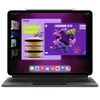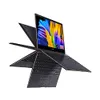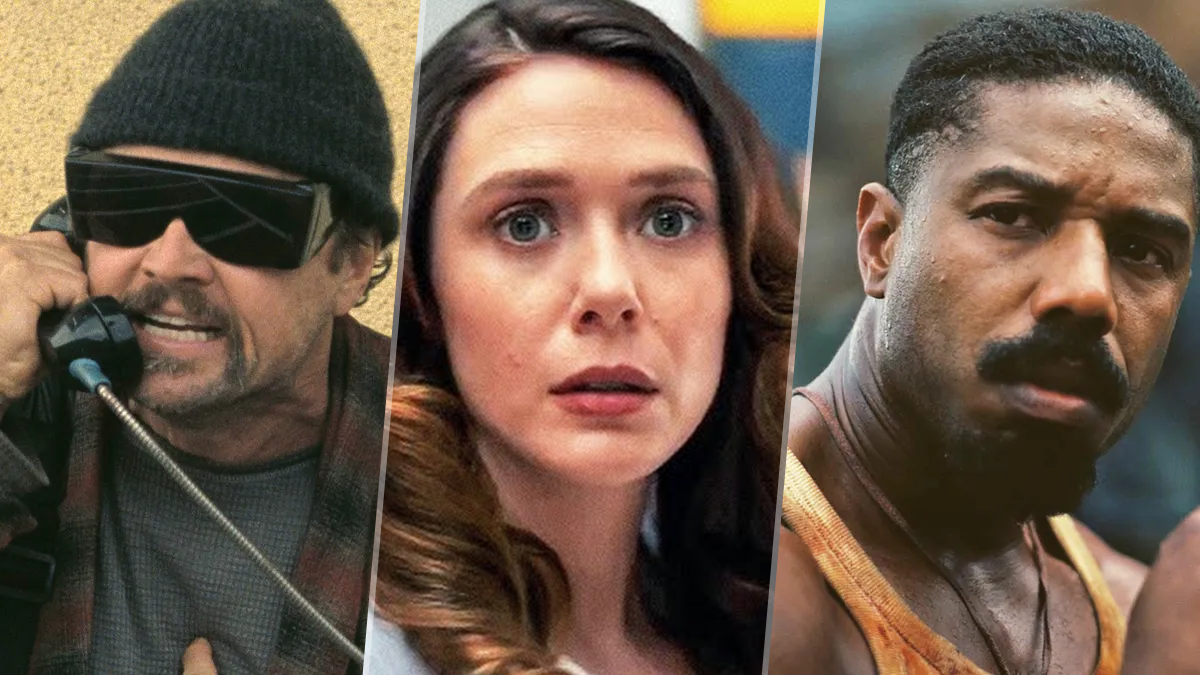You can reverse image search using ChatGPT — here's how
ChatGPT lets you reverse image search in just a few clicks
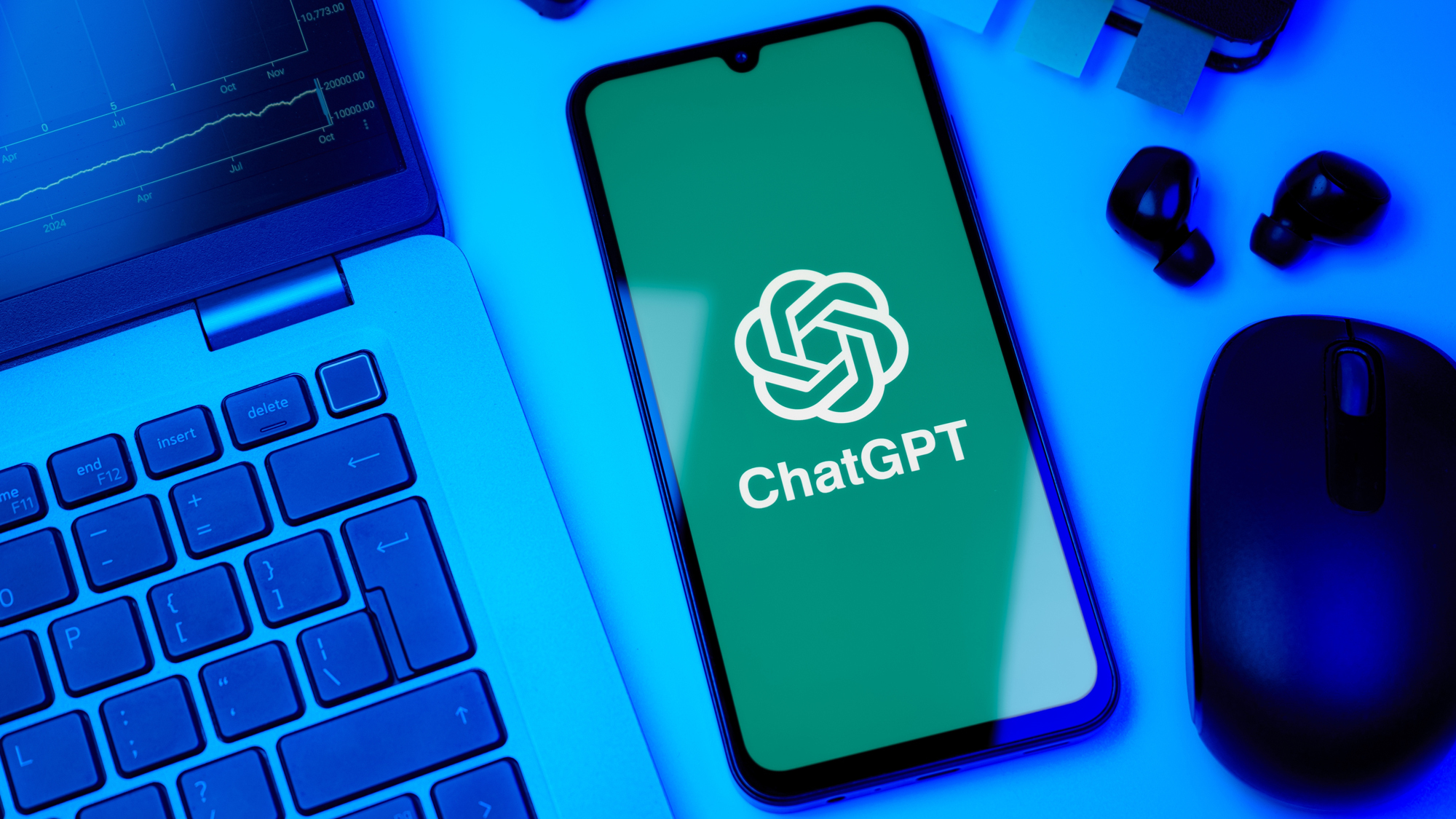
There are many reasons for wanting to perform a reverse-image search. You may want to discover the original source of an image or find out if someone else is using it. You may want to check for higher-resolution versions or put a name to a face.
Reverse-image searches are also great for looking up products, detecting fake media profiles and finding similar photos. But although most people will turn to Google Images to complete this task, more and more users are taking advantage of a similar feature built into ChatGPT.
It’s certainly easy to use and a great starting point for discovering more about an image online. You can also delve deeper, asking for greater insights or even requesting ChatGPT draw something similar.
The smarter way to reverse image search
While Google Images is powerful, ChatGPT adds an extra layer of flexibility. It’s not just about finding the source, you can ask for greater insights, request stylistic recreations, or explore similar visuals in new formats.
For one of our images, we were presented with vector-style illustrations and even a fun ASCII sketch. This makes it ideal for more than just tracking down a picture — it can also spark creative projects, help with research, and provide fresh perspectives on what an image might represent.
1. Choose Web Search
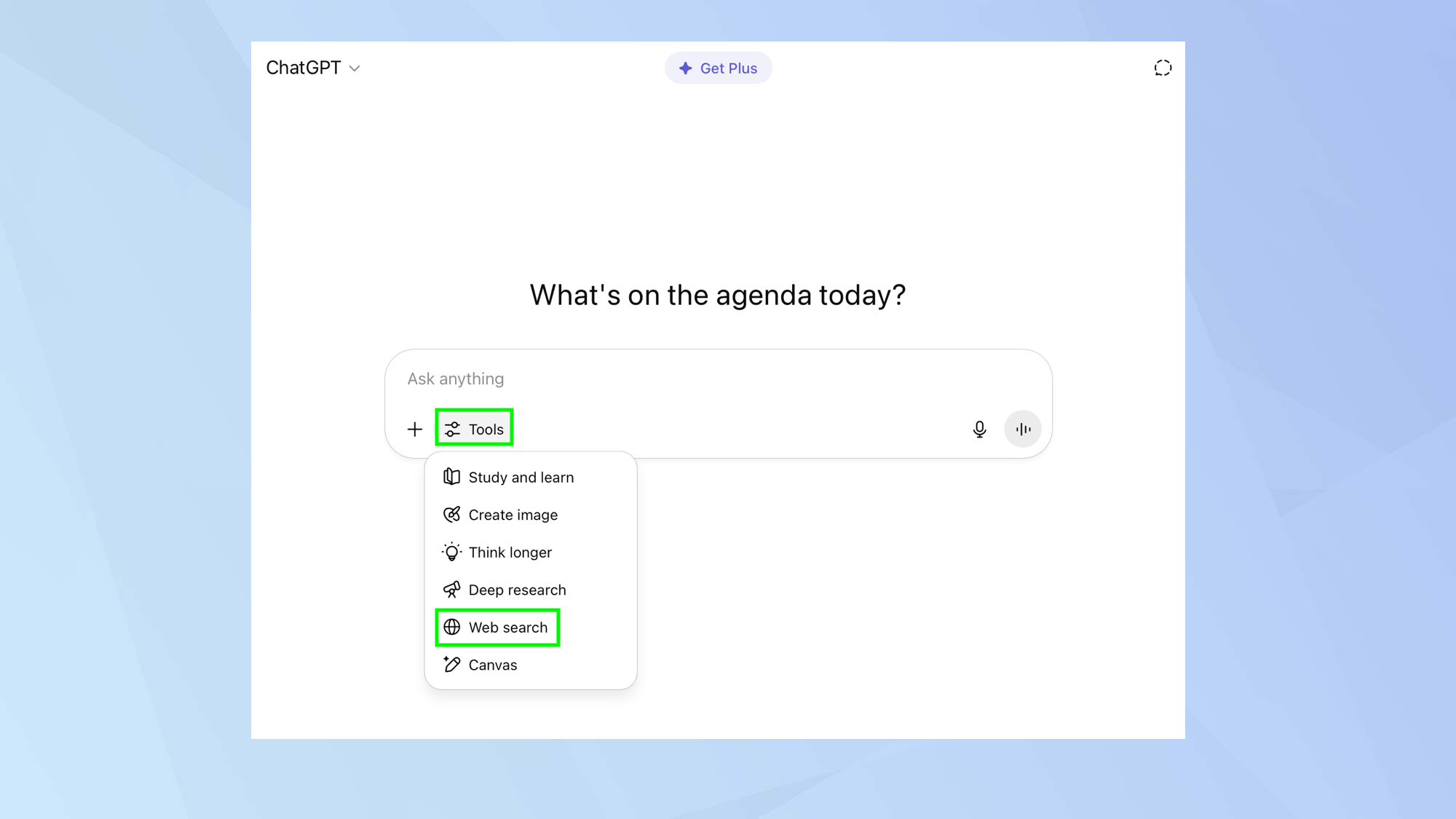
You don’t need to enter a prompt in order to perform a reverse-image search in ChatGPT. Just click the Tools icon in the prompt box and select Web Search.
2. Enter a URL
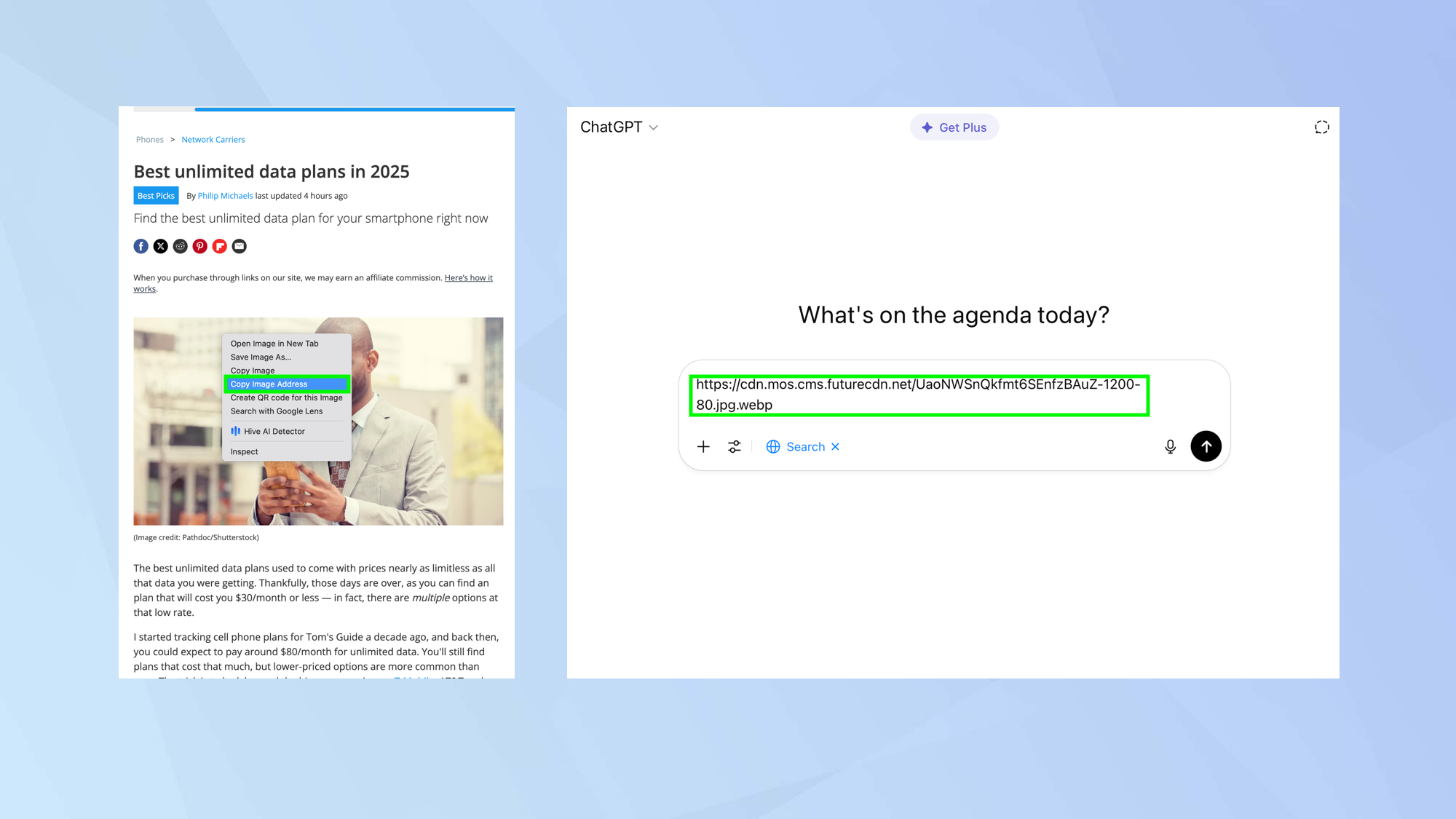
If you have spotted an image online, go to that website (you may need to open a new tab), right-click the image and select copy the image address (the wording may vary depending on your browser).
You can now paste the image address into ChatGPT and click the arrow button to enter your request.
3. Upload an image
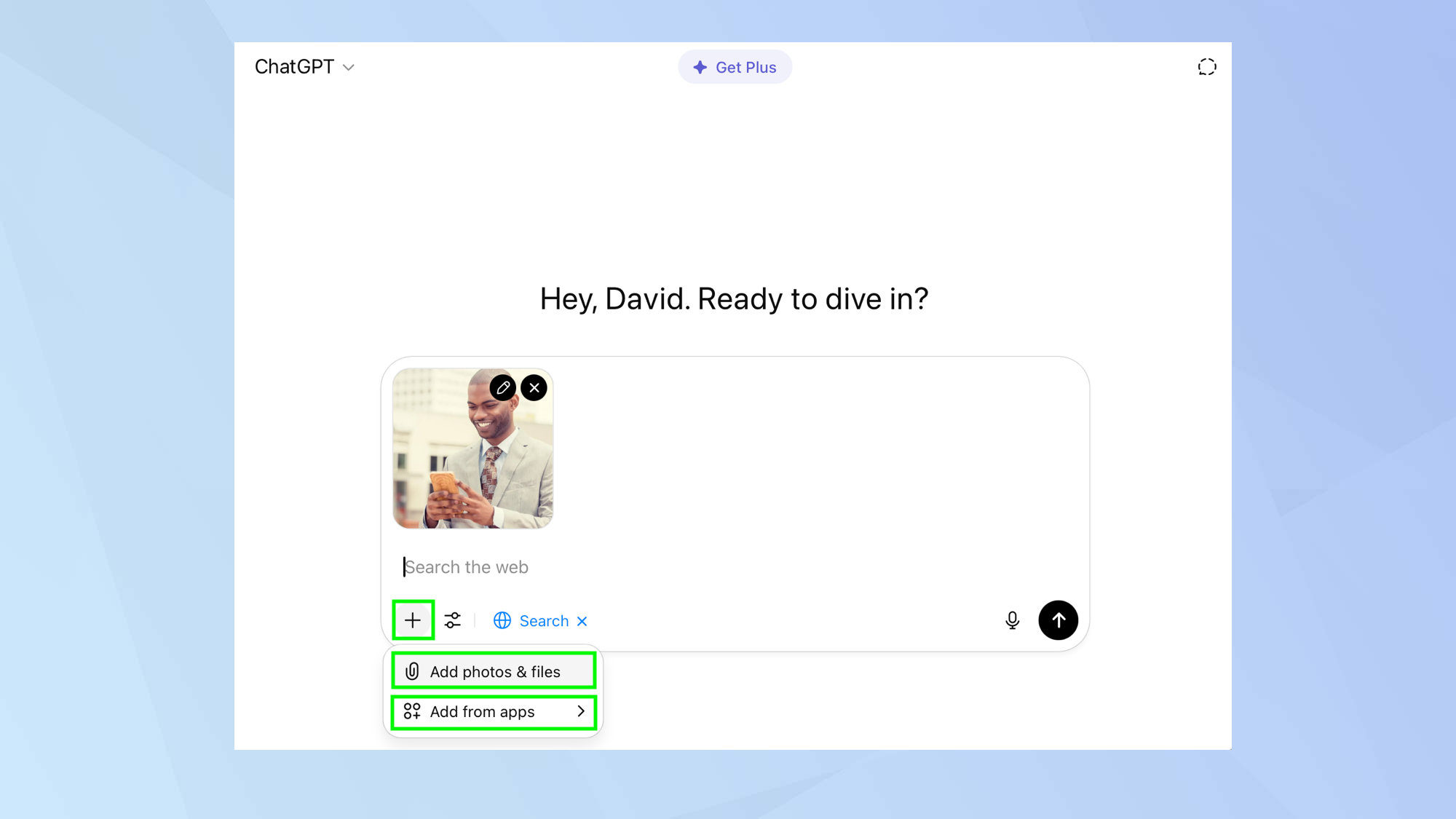
Alternatively, you can select + in the ChatGPT prompt box and select Add photos & files.
Or you can select Add from apps and connect Google Drive or Microsoft OneDrive. This is handy if you tend to store your images in these cloud services.
Click the arrow button to enter your request.
4. View the details

Both methods will result in ChatGPT searching for information about the image. We found that uploading an image returned a more comprehensive analysis than when we pasted a URL.
The analysis will include sources — click the citations to discover more. You will often be pointed to similar images as well as websites that have more information in relation to the image you uploaded.
Follow Tom's Guide on Google News to get our up-to-date news, how-tos, and reviews in your feeds. Make sure to click the Follow button.
And there you go. You now know how to use ChatGPT to search the web using images.
Get instant access to breaking news, the hottest reviews, great deals and helpful tips.
You can also learn how to use ChatGPT’s image library and learn how to make AI images using ChatGPT’s 4o model.
You could also ask ChatGPT to create images based on what it knows about you.
More from Tom's Guide
- How to spot AI writing — 5 telltale signs to look for
- Stop getting lazy answers from ChatGPT — use Study Mode instead
- I write about AI for a living — here’s how I use Claude to pick the right tech

David Crookes is a freelance writer, reporter, editor and author. He has written for technology and gaming magazines including Retro Gamer, Web User, Micro Mart, MagPi, Android, iCreate, Total PC Gaming, T3 and Macworld. He has also covered crime, history, politics, education, health, sport, film, music and more, and been a producer for BBC Radio 5 Live.
You must confirm your public display name before commenting
Please logout and then login again, you will then be prompted to enter your display name.
